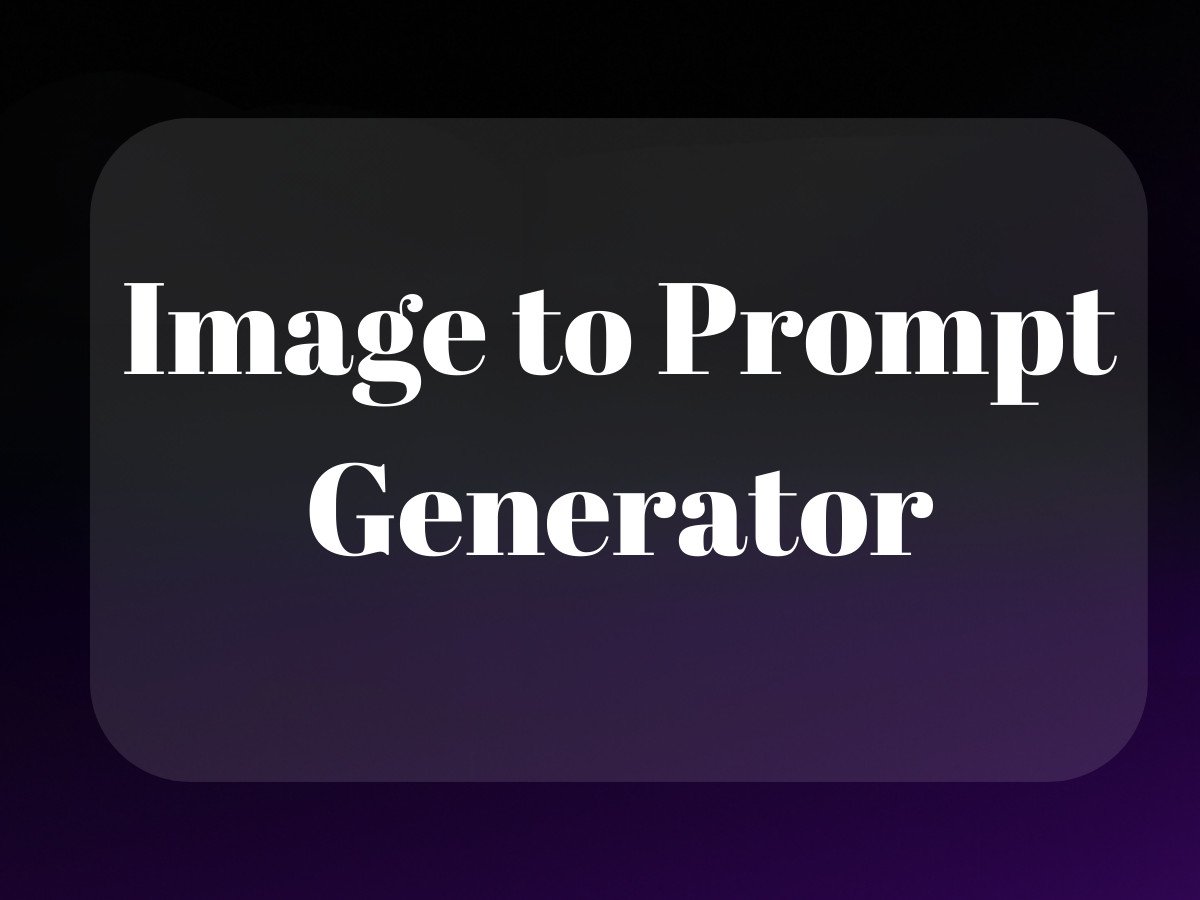Understanding Amazon’s Review Ecosystem: More Than Just Stars and Comments
Let’s be honest – we’ve all been there. It’s 2 AM, you’re scrolling through Amazon reviews trying to figure out if that air fryer really is life-changing or if Susan from Minnesota is just really excited about crispy french fries. The world of Amazon reviews is fascinating, mysterious, and sometimes downright bizarre.

But here’s the thing: Amazon’s review system isn’t just a random collection of opinions – it’s a carefully crafted ecosystem that’s reshaping how we shop online. And if you’re looking to become an Amazon reviewer (whether for free products, extra cash, or just the joy of sharing your thoughts), you need to understand how this whole machine works.
Types of Amazon Reviewers: Finding Your Tribe
Think of Amazon’s reviewer hierarchy like a video game with different character classes. Each type has its own special abilities and perks:
- Regular Customer Reviewers: The foundation of Amazon’s review system. These are everyday shoppers sharing their honest opinions. No fancy badges, just raw, unfiltered feedback.
- Verified Purchase Reviewers: The trusted ones. That little “Verified Purchase” badge is like a digital seal of authenticity, telling others “Hey, I actually bought this thing!”
- Amazon Vine Members: The elite squad. These reviewers get invited to test products before they hit the mainstream. It’s like being part of a secret shopping society (more on this later).
- Early Reviewer Program Participants: The pioneers. They help new products get their first reviews, kind of like being an early adopter but with perks.
The Real Impact of Amazon Reviews: Why They Matter More Than Ever
 Amazon testers get paid?”/>
Amazon testers get paid?”/>Here’s a mind-bending stat: 93% of consumers say online reviews impact their purchasing decisions. That’s not just a number – it’s a testament to how much we trust complete strangers on the internet to guide our shopping choices.
But what makes Amazon reviews particularly powerful is their integration with the platform’s algorithm. It’s not just about star ratings – Amazon’s AI analyzes review content, patterns, and even the language used to determine product rankings and visibility. This means that as an Amazon reviewer, you’re not just sharing your opinion – you’re actively shaping the marketplace.
The Evolution of Amazon’s Review System
Remember when Amazon reviews were just simple star ratings and basic text? Those days are long gone. Today’s review system is a sophisticated blend of AI-powered analysis, community moderation, and trust signals that would make a social media platform jealous.
The platform now uses natural language processing to determine review authenticity, sentiment analysis to gauge customer satisfaction, and complex algorithms to weigh the credibility of each reviewer. It’s like having a digital truth detector working 24/7 to maintain the integrity of the system.
Getting Started: Your First Steps into Amazon Reviewing
Before you dive into the world of professional reviewing or dream about joining the Vine program, start with the basics. Build your reviewer profile by writing thoughtful, detailed reviews for products you’ve actually purchased. Think of it like building a portfolio – every review adds to your credibility.
Focus on being genuine and helpful rather than trying to game the system. Amazon’s algorithms are pretty good at spotting fake or manipulated reviews, and trust me – you don’t want to end up on their bad side. I’ve seen too many aspiring reviewers get their accounts suspended because they thought they could outsmart the system.
The Art of Writing Effective Reviews
Here’s where most new reviewers get it wrong: they either write novels that nobody will read or one-liners that help nobody. The sweet spot? Structure your reviews like a good story:
- Start with a hook that captures attention
- Share your personal experience with the product
- Highlight both pros and cons (yes, even for products you love)
- Include specific details that other shoppers would want to know
- End with a clear recommendation
Think of yourself as a product storyteller rather than just a reviewer. Your goal isn’t to sell the product – it’s to help other shoppers make informed decisions. And sometimes, that means telling them when something isn’t worth their money.
Amazon Vine Program Deep Dive: Your Gateway to Elite Reviewing
Let’s talk about the crown jewel of Amazon’s reviewer ecosystem – the Vine Program. Think of it as the Harvard of product reviewing, where only the most dedicated and insightful reviewers get an invitation to play. And trust me, it’s not just about getting free stuff (though that’s definitely a nice perk).
Breaking Down the Vine Voice Requirements
Amazon’s pretty tight-lipped about exactly how they choose Vine members, but here’s what we know from analyzing patterns and insider insights: You need to consistently write detailed, helpful reviews that other customers actually engage with. It’s like building a social media following – except instead of posting selfies, you’re helping people make better purchasing decisions.
The selection process is invitation-only, and Amazon’s algorithms are watching your every review move. They’re looking at metrics like your helpful votes ratio, review quality, and how consistently you’re contributing to the community. Think of it as Amazon’s version of a credit score – but for your reviewing prowess.
The Real Benefits (And Yes, Some Drawbacks)
Once you’re in, you get access to the Vine queue – a treasure trove of products waiting for your honest opinion. Here’s where it gets interesting: you can select items based on your interests, but you’re expected to review them within 30 days. Miss too many deadlines, and you might find yourself kicked out of the program faster than you can say “one-star review.”
But here’s the kicker that most people don’t talk about: the tax implications. Those “free” products? They’re technically considered income by the IRS. If you’re receiving high-value items, you might need to report them on your taxes. Welcome to the fun world of being a semi-professional reviewer!
Writing Reviews That Actually Matter

Want to know the secret sauce to writing reviews that get noticed? It’s not about length – it’s about substance. I’ve seen 200-word reviews that provide more value than 2000-word essays about how someone’s cat reacted to the packaging.
The Art of the Perfect Review
Here’s my tried-and-tested formula for crafting reviews that both Amazon and readers love:
• Start with the unexpected – what surprised you about the product?
• Focus on specific use cases – not everyone uses a coffee maker the same way
• Include comparative insights – how does it stack up against similar products?
• Be brutally honest – but constructive
• Add visual proof when possible – photos or videos are worth their weight in helpful votes
Managing Your Review Queue Like a Pro
If you’re serious about this reviewing game (whether as a Vine member or regular reviewer), you need a system. I use a simple spreadsheet to track products, testing periods, and posting deadlines. It’s not sexy, but it works better than trying to remember everything in your head (trust me, I learned this the hard way).
The Truth About Amazon Review Programs
Beyond Vine, Amazon has several other reviewing opportunities. The Early Reviewer Program, while smaller in scope, can be a great starting point. Think of it as the minor leagues – a chance to prove yourself before getting called up to the big show.
Building Your Reviewer Ranking
Your reviewer ranking isn’t just a vanity metric – it’s your reviewing credit score. The higher you climb, the more weight your opinions carry. But here’s the thing: it’s not just about quantity. I’ve seen reviewers with fewer than 100 reviews ranked higher than those with thousands, simply because their contributions were more valuable to the community.
For those looking to enhance their reviews, consider using a listing optimization tool to provide more insights.
The Technical Side of Reviews
Amazon’s using some pretty sophisticated AI to analyze reviews these days. They’re looking at everything from writing patterns to purchase history to spot fake reviews. It’s like having a digital lie detector that gets smarter every day. And yes, they can tell if you’re copying and pasting the same review with minor tweaks (don’t do that).
Making Money as a Reviewer: The Real Story
 become an amazon reviewer“/>
become an amazon reviewer“/>Let’s address the elephant in the room: can you make money as an Amazon reviewer? The short answer is yes, but probably not in the way you’re thinking. Direct payment for reviews is against Amazon’s policies (and honestly, just ethically sketchy).
However, there are legitimate ways to monetize your reviewing expertise:
• Build a following and join the Amazon Influencer Program
• Use your product knowledge to create valuable content
• Leverage your expertise for consulting opportunities
• Turn your review insights into a product research business
The Future of Amazon Reviewing
We’re seeing some fascinating trends in the review space. Video reviews are becoming more prevalent, and social commerce integration is changing how people discover and evaluate products. The lines between reviewer, influencer, and content creator are blurring – and that’s creating some interesting opportunities for those willing to adapt.
Monetization Opportunities for Amazon Reviewers
Let’s talk money—because contrary to popular belief, being an Amazon reviewer isn’t just about scoring free stuff (though that’s definitely a nice perk). The landscape of Amazon reviewing has evolved into a legitimate side hustle, with some top reviewers turning their product testing prowess into a sustainable income stream.
Direct Review Programs and Compensation
The Amazon Vine program remains the gold standard for serious reviewers. While you don’t get paid cash directly, the value of products can be substantial—I’ve seen Vine members receive items worth thousands of dollars. But here’s the catch that most people don’t talk about: these products count as taxable income. Yeah, that fancy coffee maker you got “for free” might cost you come tax season.
The Early Reviewer Program, while more limited in scope, offers small rewards ($1-3 per review) for those lucky enough to be selected. It’s not exactly quit-your-day-job money, but hey—every little bit counts when you’re building your reviewer portfolio.
Related Income Streams
Smart reviewers don’t put all their eggs in one basket. The real money comes from leveraging your reviewer status into related opportunities. The Amazon Influencer Program is particularly interesting—think of it as affiliate marketing on steroids. You’re essentially creating your own storefront of recommended products, earning commissions on sales.
I’ve seen successful reviewers build entire content ecosystems around their Amazon expertise. They’re running YouTube channels reviewing products, maintaining active social media presences, and even consulting with brands on their Amazon strategy. It’s like being a tech reviewer, but for literally everything.
Compliance and Ethics in the Review Game

Here’s where things get serious—and where many reviewers stumble. Amazon’s community guidelines aren’t just suggestions; they’re more like the laws of physics in the Amazon universe. Break them, and you’ll find yourself in a digital black hole.
Amazon’s Community Guidelines Deep Dive
The most common mistake I see? Reviewers thinking they can game the system. Look, Amazon’s AI is like that quiet kid in class who sees everything—it’s constantly scanning for patterns that indicate fake or manipulated reviews. And trust me, it’s getting smarter every day.
The FTC requires clear disclosure of any relationship between reviewers and sellers. That little “Vine Customer Review of Free Product” tag? It’s not just there for decoration—it’s a legal requirement. And don’t even think about accepting direct payments for reviews; that’s a one-way ticket to a permanent ban.
Advanced Reviewer Strategies That Actually Work
After years in this space, I’ve noticed a pattern among successful Amazon reviewers: they treat it like a professional content creation business, not a hobby. They’re not just writing reviews; they’re building a personal brand.
Building Your Reviewer Profile
Your reviewer profile is your resume in the Amazon ecosystem. The best reviewers specialize—maybe you’re the go-to person for kitchen gadgets, or perhaps you’ve carved out a niche in tech accessories. This specialization makes your reviews more valuable to both Amazon and potential readers.
Think about it like this: would you trust a restaurant review from someone who eats everything, or someone who’s spent years focusing on Italian cuisine? Expertise matters, and it shows in your writing.
The Future of Amazon Reviewing
The reviewing landscape is changing faster than Prime delivery times. AI and automation are reshaping how reviews are written, analyzed, and consumed. We’re seeing the rise of video reviews, integration with social commerce, and new ways of verifying authentic experiences.
Where We’re Headed
The future of Amazon reviewing isn’t just about text reviews anymore. Video content is becoming increasingly important—imagine TikTok-style product reviews integrated directly into Amazon’s platform. We’re already seeing this with Amazon Live, but it’s just the beginning.
AI will play a bigger role too, but not in the way most people think. Instead of replacing human reviewers, AI will likely become a tool for enhancing review quality—helping identify gaps in product coverage, suggesting areas to focus on, and even helping reviewers structure their content more effectively.
Final Thoughts on the Amazon Reviewer Journey
Becoming a successful Amazon reviewer in 2024 and beyond isn’t about gaming the system or chasing free products. It’s about building trust, providing value, and adapting to an ever-changing landscape. Whether you’re in it for the side income, the free products, or the joy of helping others make better purchasing decisions, there’s never been a more interesting time to be part of the Amazon review ecosystem.
Remember: the best reviewers aren’t just product testers—they’re storytellers, educators, and trusted advisors. In a world of increasingly automated content, authentic human experiences and insights are more valuable than ever. And that’s something no AI can fully replicate… at least not yet.
If you’re eager to learn more about writing impactful reviews, check out this guide on how to write an Amazon review effectively.
Related Articles:
- How to Be an Amazon Reviewer & Get Free Products
- Amazon Product Tester: A Guide to Free Items and Reviews
- The Impact of Customer Reviews on Your Amazon Product Listings
Frequently Asked Questions
How much do Amazon reviewers make?
Amazon reviewers generally do not get paid directly by Amazon for their reviews. However, they may receive free or discounted products from sellers in exchange for an honest review. The value of these products can vary widely depending on the product category and the agreement with the seller.
Do Amazon testers get paid?
Amazon testers, often referred to as product testers or reviewers, typically do not receive monetary compensation directly from Amazon. Instead, they might receive free products from sellers who are looking for feedback and reviews to boost their product’s visibility on the platform. The primary benefit is access to new or discounted products rather than a direct salary.
How do you become a paid reviewer?
To become a paid reviewer, one can start by building a profile on platforms that connect reviewers with companies seeking feedback. It’s important to have a track record of writing insightful and honest reviews to attract offers. Engaging with review networks or websites that specialize in matching reviewers with brands can also be a useful step.
How do I find Amazon reviewers?
To find Amazon reviewers, brands can utilize social media platforms, Amazon’s own reviewer profiles, or third-party services that connect businesses with potential reviewers. Engaging with online communities dedicated to product reviews can also be an effective way to reach out to experienced reviewers. It’s vital to ensure that any solicitation for reviews complies with Amazon’s guidelines.
How do I become an Amazon reviewer?
Becoming an Amazon reviewer involves creating a detailed and authentic profile on Amazon and starting to review products you have purchased. Focus on writing clear, honest, and detailed reviews to build credibility. Over time, this can lead to receiving free or discounted products from sellers in exchange for reviews, especially if your reviews gain visibility and trust.
About the Author
Vijay Jacob is the founder and chief contributing writer for ProductScope AI focused on storytelling in AI and tech. You can follow him on X and LinkedIn, and ProductScope AI on X and on LinkedIn.
We’re also building a powerful AI Studio for Brands & Creators to sell smarter and faster with AI. With PS Studio you can generate AI Images, AI Videos, Chat and Automate repeat writing with AI Agents that can produce content in your voice and tone all in one place. If you sell on Amazon you can even optimize your Amazon Product Listings or get unique customer insights with PS Optimize.
🎁 Limited time Bonus: I put together an exclusive welcome gift called the “Formula,” which includes all of my free checklists (from SEO to Image Design to content creation at scale), including the top AI agents, and ways to scale your brand & content strategy today. Sign up free to get 200 PS Studio credits on us, and as a bonus, you will receive the “formula” via email as a thank you for your time.




